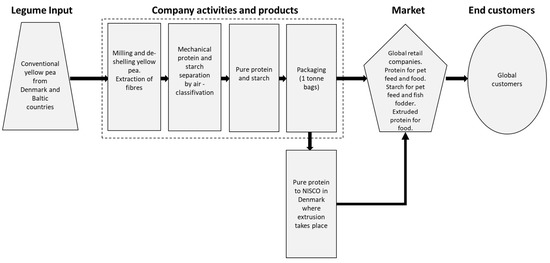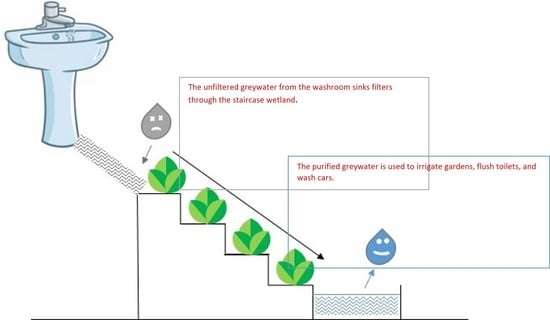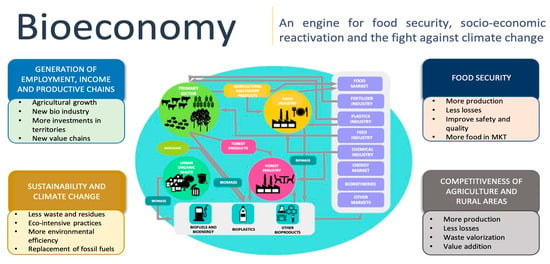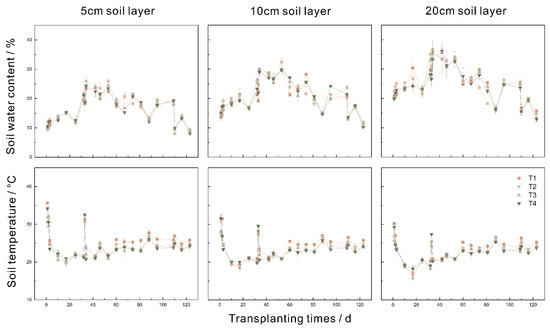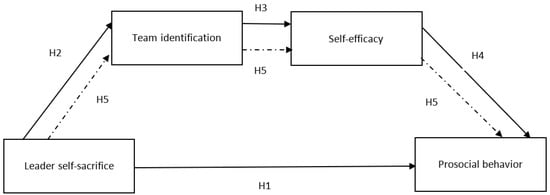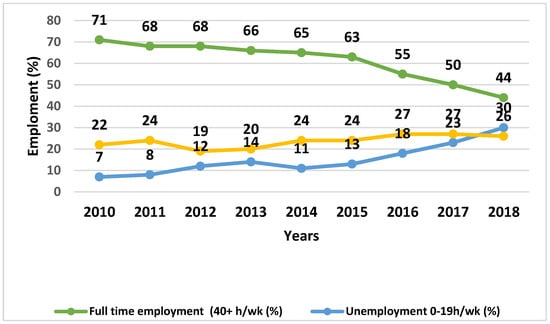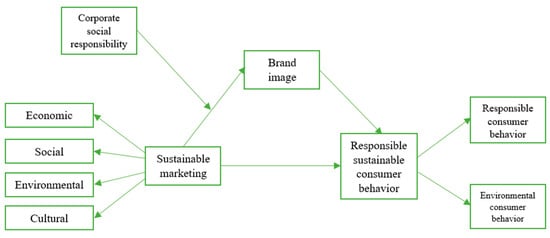1
School of Civil and Transportation Engineering, Guangdong University of Technology, Guangzhou 510006, China
2
School of Civil Engineering, Guangzhou University, Guangzhou 510006, China
3
Department of Civil Engineering, The University of Hong Kong, Hong Kong 999077, China
4
Faculty of Civil Engineering, Vilnius Gediminas Technical University, LT-10223 Vilnius, Lithuania
Sustainability 2023, 15(7), 6105; https://doi.org/10.3390/su15076105 - 31 Mar 2023
Cited by 17 | Viewed by 2966
Abstract
With rapid urban development, natural aggregate resources have become scarce and a large number of ageing buildings are being demolished, which has resulted in a significant reduction in natural resources and a large increase in construction waste. Therefore, the reuse of solid waste,
[...] Read more.
With rapid urban development, natural aggregate resources have become scarce and a large number of ageing buildings are being demolished, which has resulted in a significant reduction in natural resources and a large increase in construction waste. Therefore, the reuse of solid waste, including waste powder and recycled aggregate, has attracted more and more attention. Additionally, as a prominent way to alleviate the urban heat island effect and manage stormwater runoff, pervious concrete has been widely studied and applied. In this paper, the effects of waste powder (fly ash, volcanic powder and blast furnace slag) and recycled aggregate (recycled concrete aggregate and recycled brick aggregate) on the mechanical properties, water permeability, water filtration and durability of pervious concrete are summarized and introduced, and some prospects are put forward. From the literature review, it can be found that adding the appropriate amount of solid waste or applying proper treatment methods to solid waste will not bring negative effects; rather, it would even improve the performance attributes of pervious concrete. Therefore, the use of solid waste in pervious concrete has great potential for urban construction and environmental protection.
Full article
(This article belongs to the Section Waste and Recycling)
▼
Show Figures



